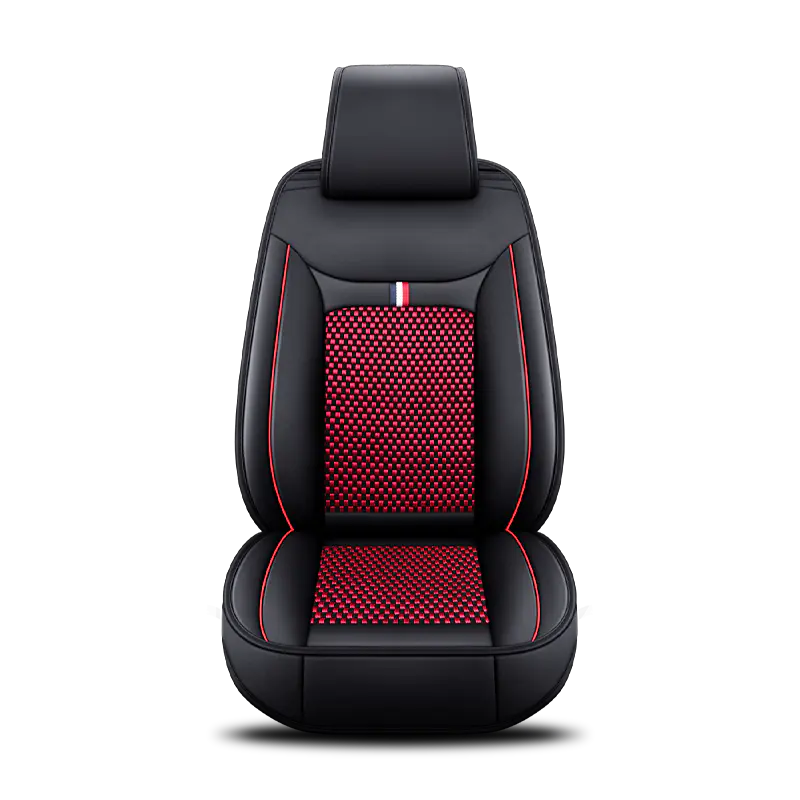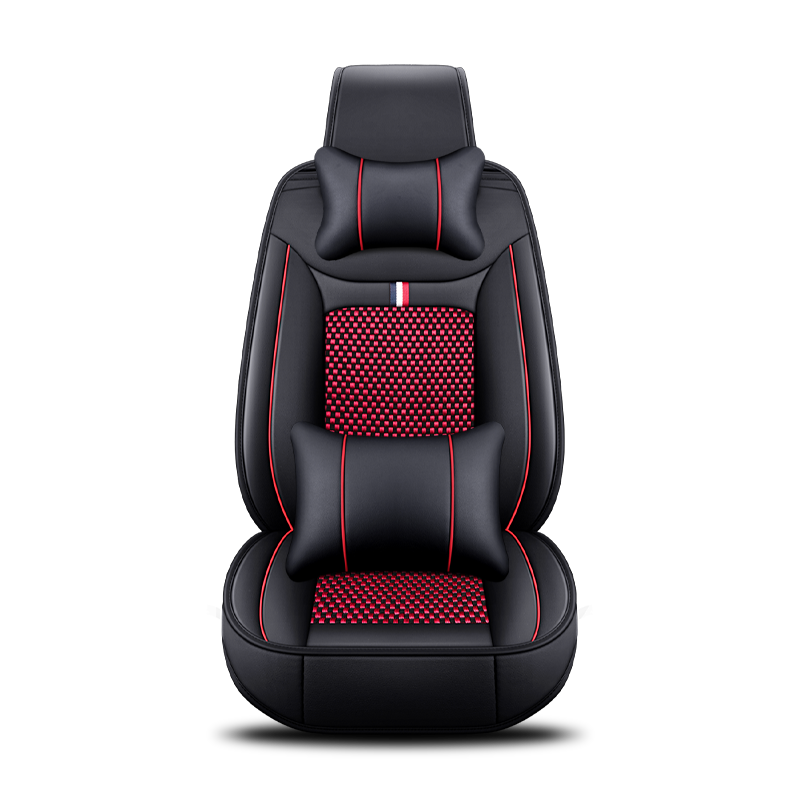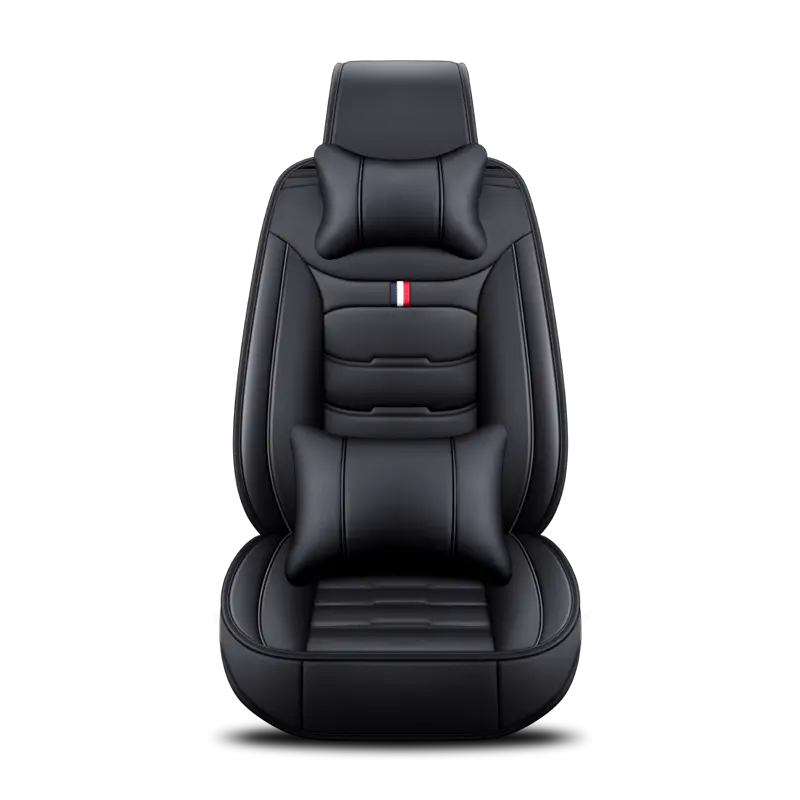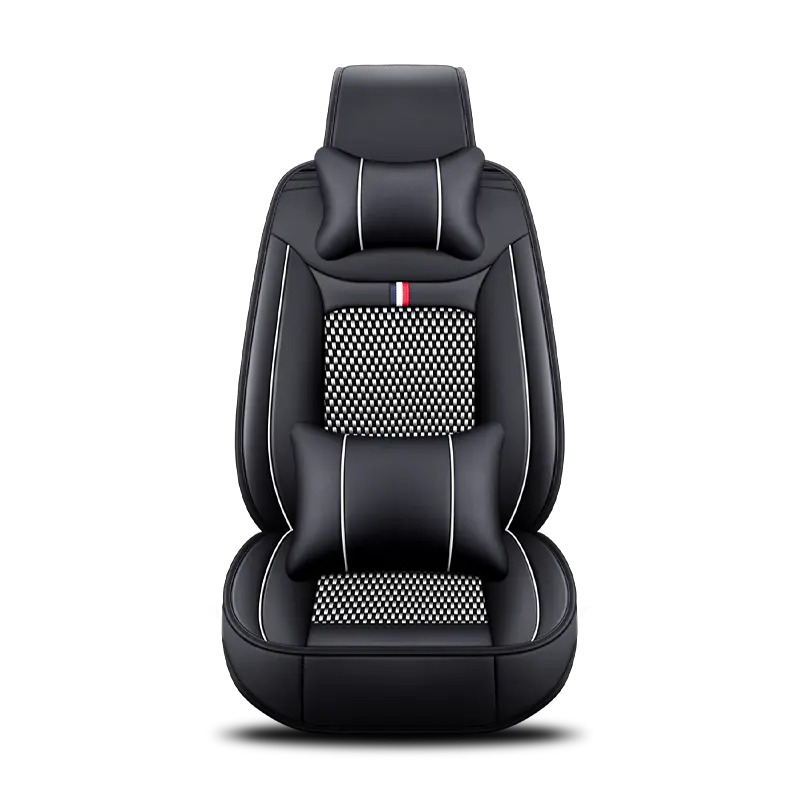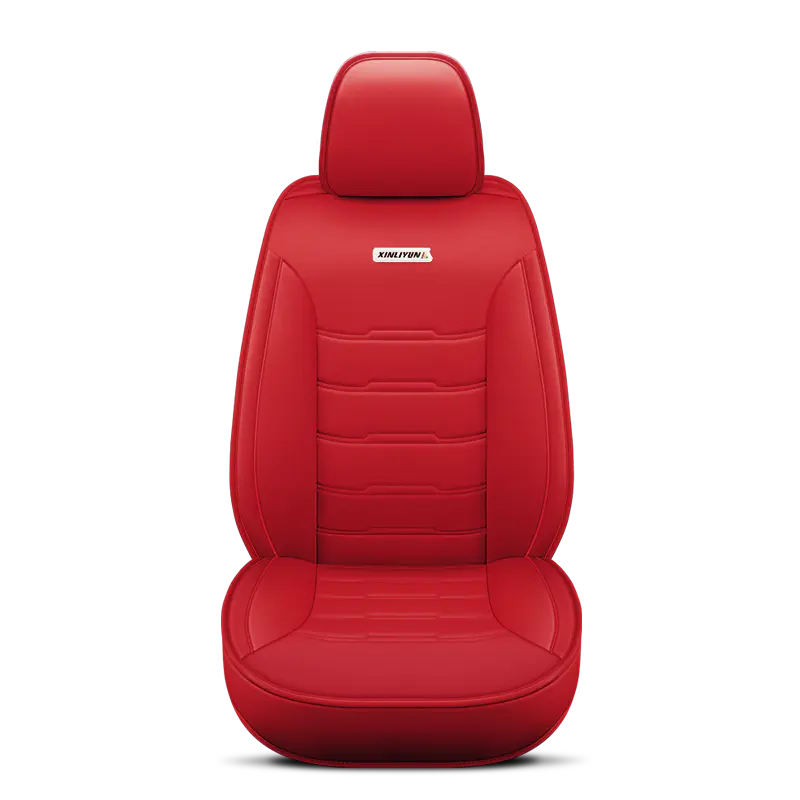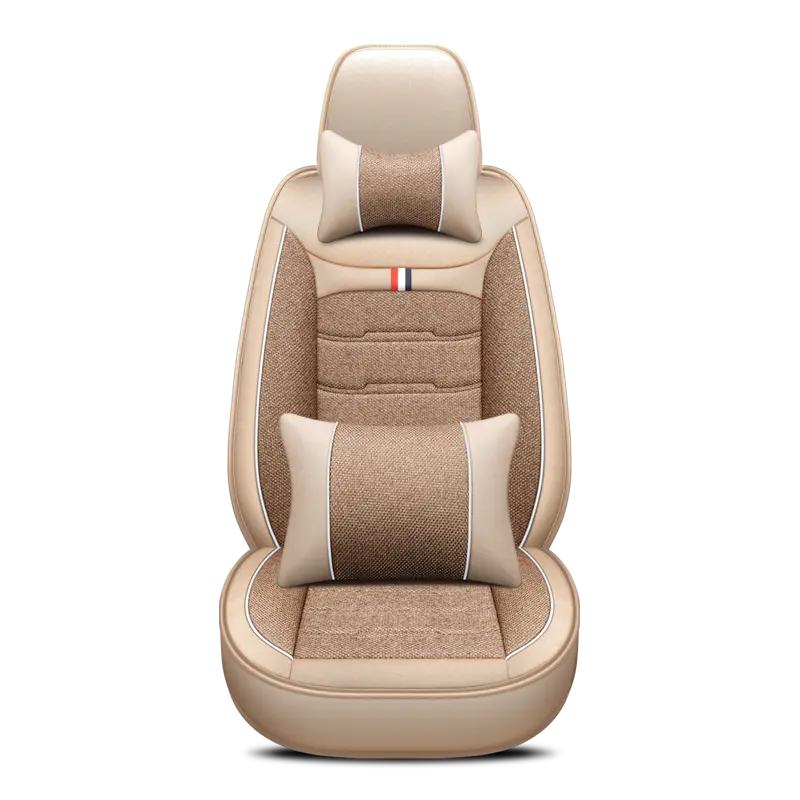When designing a car seat cover set, it's important to consider multiple practical factors such as durability, comfort, temperature regulation, stain resistance, and ease of maintenance. Vehicle owners often use these sets to preserve their original upholstery or enhance the aesthetic of an aging interior. Therefore, the chosen materials must be capable of performing under varying conditions—hot summers, damp environments, or everyday wear.
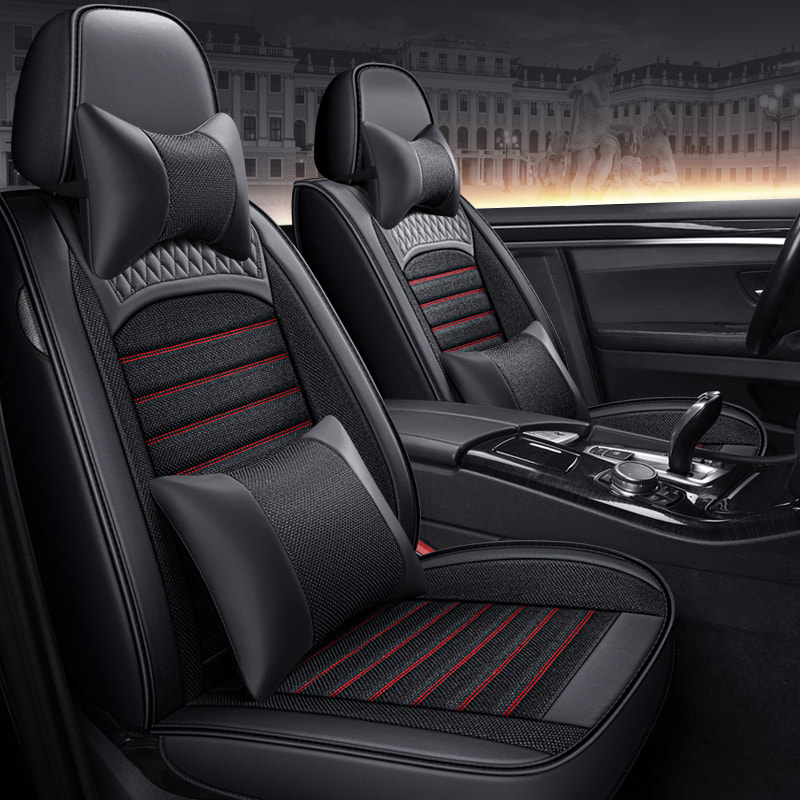
A car seat cover set often includes covers for the front seats, rear seats, and sometimes additional accessories like headrest covers or armrest sleeves. The materials selected must deliver consistent performance across all components of the set.
One of the frequently used materials in car seat cover sets is polyester. It is known for being lightweight, affordable, and durable. As a synthetic fiber, polyester offers resistance to stains, fading, and wrinkling. For mass-market applications, this material strikes a balance between cost-effectiveness and performance.
In the construction of a car seat cover set, polyester is typically woven into different textures—sometimes with a smooth finish, other times with a mesh design to allow greater breathability. The flexibility of this material makes it a preferred choice for seat covers that need to stretch and conform to different seat shapes without losing their integrity over time.
For customers seeking a higher level of protection and comfort, neoprene is a common choice. This material is the same synthetic rubber used in wetsuits. It is naturally water-resistant, making it ideal for a car seat cover set in environments where moisture exposure is a concern—such as beach trips, rainy climates, or vehicles transporting pets.
Neoprene also offers cushioning and thermal insulation. A car seat cover set made with neoprene provides a thicker feel and a snug fit. Additionally, neoprene resists UV exposure, which helps maintain its appearance and functionality even when exposed to direct sunlight regularly.
For a more premium appearance, leather and leatherette are often selected. Genuine leather provides unmatched aesthetics and a rich texture, but it comes with higher production costs and requires regular care. For this reason, many car seat cover sets use leatherette—a synthetic alternative that mimics the look and feel of leather while being easier to maintain and more resistant to moisture and stains.
When applied to a car seat cover set, leatherette can elevate the interior without the cost of real leather. It's especially popular among vehicle owners looking to replicate the style of luxury vehicles at a more accessible price point. Leatherette is also available in a wide range of colors and patterns, allowing for customized design.
A car seat cover set designed for heavy-duty or outdoor use often incorporates canvas or Oxford fabric. These materials are known for their toughness and abrasion resistance. Canvas, made from tightly woven cotton or synthetic fibers, offers a rustic look with high durability. Oxford fabric, on the other hand, is a synthetic material known for its water resistance and strength.
These fabrics are particularly suitable for vehicles that are used for work, outdoor activities, or by families with children. A canvas-based car seat cover set can handle dirt, scratches, and frequent washing without degrading in quality.
Aside from the outer fabric, the inner lining and padding of a car seat cover set contribute significantly to its comfort and protective features. Foam padding is often included to add cushioning and shape retention. This can vary in thickness depending on the type of cover and its intended use.
The lining is typically made of non-slip materials such as mesh or PVC-based fabrics to ensure that the covers stay securely in place during use. These underlayers are visible but are essential in maintaining the seat cover's functionality and user experience.

